Interview: Callie Tedder-Hares
We talk to the Virgin Atlantic design manager about the uptown/downtown aesthetics at the new NYC clubhouses

Advertorial content:
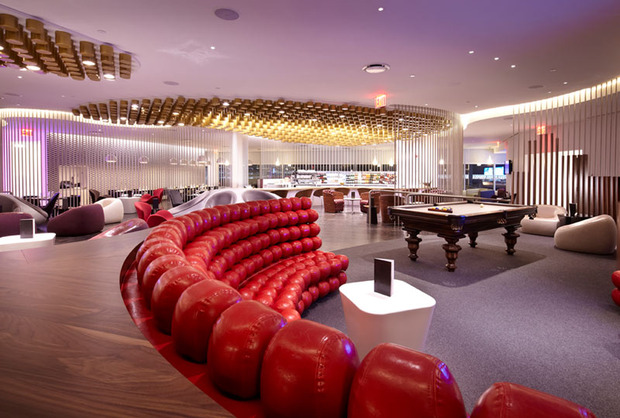
In the past year Virgin Atlantic has opened new Clubhouses at both of New York City’s international airports. Coincidentally, airside (past security) spaces became available around the same time at both JFK and Newark, which presented an opportunity to design two lounges with a singular storyline. After considering a few different directions, Callie Tedder-Hares, Virgin Atlantic Design Manager, and her team decided to follow the natural dividing lines of Manhattan, creating an uptown-themed JFK lounge and a downtown lounge at Newark. Having visited both we appreciate how well the themes translated while maintaining a distinctly Virgin Atlantic vibe in each space. To learn more about the inspiration and process behind the new Clubhouses we spoke to Tedder-Hares, an interior designer and five-year veteran of the Virgin group.
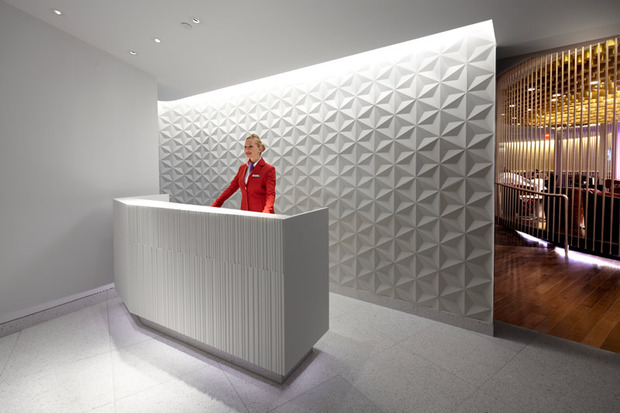
You designed the two New York Clubhouses. Am I right in that the brief was to present JFK as uptown and Newark (EWR) as downtown because the spaces opened up at the same time?
Yeah, that’s right. Right from the beginning, we said let’s actually look at these together because they should form the holistic journey for both New York destinations. We went through quite a lot of different ideas, and one that stuck was actually designing it as a whole, so breaking that natural line that happens in Manhattan. There’s uptown and downtown. It was just kind of a starting point for us.
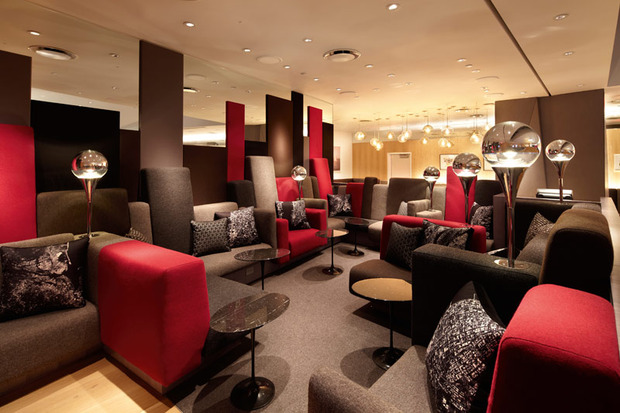
Did you work with different architectural firms on each location?
We didn’t, and this is the first time we’ve ever done this—that was a really considered move on our part. We usually, with every location that we do, and every design we do, we like to collaborate with someone new—it allows us to throw everything out the window and start fresh with each project rather than approaching anything in a cookie cutter way. I think that is something we pride ourselves on doing from the design point of view and we decided to use the same firm because we wanted the two lounges to have a similar language and similar subtleties. So, we decided to go out and look for agencies that we would collaborate with and have them pitch for one project—with us knowing it was going to be potentially for two—just to understand the way that they work and their playfulness and what they’re about. We ended up working with Slade Architecture.

So, in terms of the finished product, I do see quite a difference between the two. Can you call out any specific elements that really epitomize the design direction from each location. What makes the JFK lounge so perfectly uptown and Newark so downtown?
First, I think we looked at both of them as being destinations in themselves and we tried to think, rather than it being the inner port destination, it’s that these club lounges are destinations as if they were in Manhattan. The JFK clubhouse we really looked at it as being cocooned in decadence and having these wonderful luxuries around you focusing very much on glamour, the bar, cocktails, spa treatments and that kind of thing. So, from the design point of view, we looked at that undulating feeling of areas that you can retreat to but trying to encourage social interaction as well and just purely being at ease. So, we did little things about playing with the floor heights, etc. So, that led us from an uptown point of view with sort of golden colors and textures, trying to keep it quite “Breakfast at Tiffany’s” and glamorous in a way, but then, as Virgin does, injecting some color and fun and a little bit of cheekiness, hence the big red leather ball seating area, things that you wouldn’t probably naturally expect.
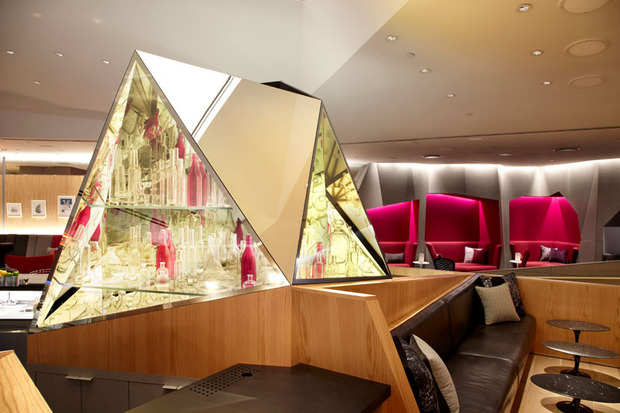
In Newark, we focused very heavily on art, local artists and creating more of a simple backdrop that was quite beautiful, quite straightforward, but that allowed flexibility so that we can potentially curate this space on a more regular basis. I think that was something that we felt downtown was leading us towards. There’s that feeling in downtown Manhattan. There is a real beautiful, introspective vibe, but everything feels naturally organized and full. So we took that direction and we tried, between the two of them, to have some threads of familiarity that linked them together—but they are still distinctive in nature.
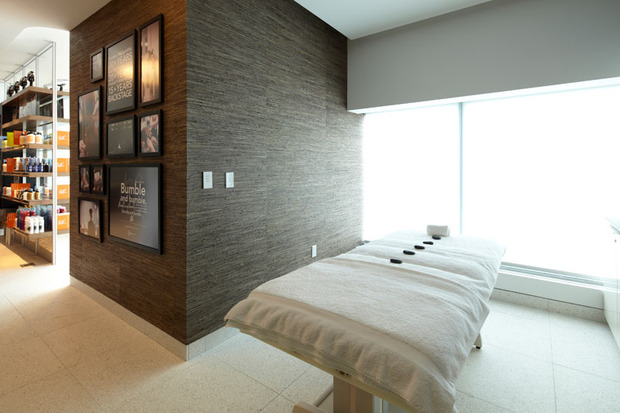
What are some of the challenges designing a space that is in an airport?
Oh, well, the main challenge is just security. Boring, but one of the main challenges is actually getting materials and getting things airside and having everything scanned, etc. And, I think working hours with people within the airport because they work such long hours. Those are just challenges really. But the Port Authorities are pretty flexible with our designs, it is more about codes and things like that, they have stricter codes in the airport than you have elsewhere. It’s all in the fun.

You used to design fish tanks. Have you noticed any parallels to designing airport lounges? I had to ask.
I’ll need to think about that. I don’t know. I think there are always a few similarities in a lot of projects that you do, but I can’t think of anything off the top of my head. That’s a really good question.
To learn more and share your own pre-flight adventures with Virgin Atlantic visit the How I Clubhouse website.












